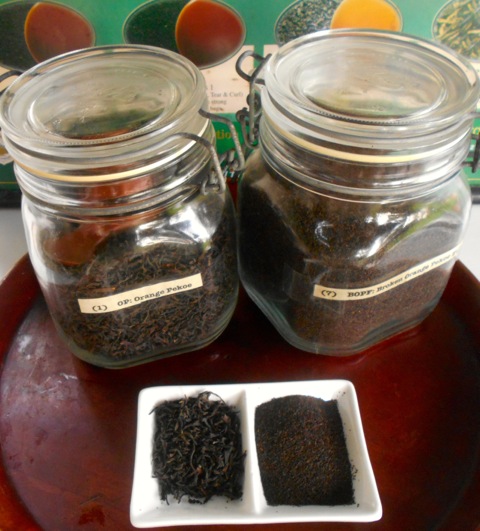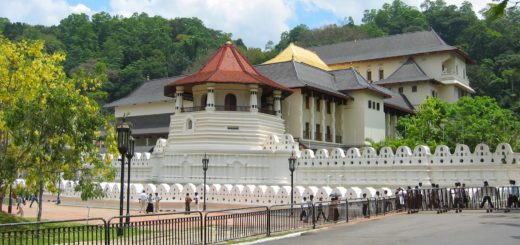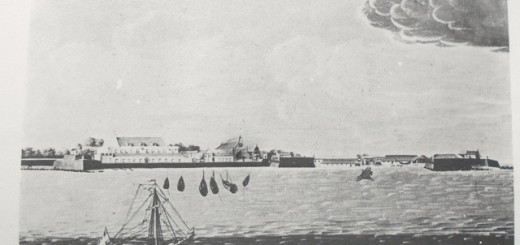SRI LANKA ROUNDABOUT (Number 31) – Tea, the star of Sri Lanka
by · Published · Updated
A weekly look at Sri Lanka for Jetwing by Royston Ellis
Welcome to Jetwingers around the world to this week’s issue of my regular Jetwing newsletter about Sri Lanka
 Tea is the second most popular beverage in the world and the best tea comes from Sri Lanka. Unfortunately, most people in a hurry only know tea as the liquid resulting from dangling a tea bag on a string in a cup of hot water for a few minutes, then corrupting the result with sugar and milk to make it drinkable.
Tea is the second most popular beverage in the world and the best tea comes from Sri Lanka. Unfortunately, most people in a hurry only know tea as the liquid resulting from dangling a tea bag on a string in a cup of hot water for a few minutes, then corrupting the result with sugar and milk to make it drinkable.
As well as discovering the sights, the wildlife, and the welcoming people of Sri Lanka, while on a visit here you owe it to yourself to discover what tea really is: the star of Sri Lanka. Sounds boring? It isn’t, especially as you can buy packets of genuine pure Ceylon loose leaf tea as great souvenirs for friends and family at home.
Tea’s story is Sri Lanka’s story – it’s the country’s major export – and if you learn about tea while you’re here, you’ll appreciate what it really is and tell others, becoming an unofficial brand ambassador for Sri Lanka’s great contribution to the world.
Tea begins as a leaf on an evergreen tree called Chinese camellia (Camellia sinensis) which could grow 10m high if not pruned every two or three years. The pruning encourages the repeated growth of a ‘flush’ of fresh young shoots throughout the year. These shoots, the top two leaves and a tender bud, are plucked every six to ten days.
The plucked leaf is processed in a tea factory over a period of 24 hours resulting in different grades of loose leaf tea. At the end of the production cycle, the tea is tasted. Tea tasters have developed such sensitive palates they can immediately identify the standard of the tea, what it would blend best with, and even whether it was raining when it was plucked or is somehow tainted.
The tasting is to determine how to describe the tea so that the buyers of tea in bulk can find what they are looking for. Most leaf teas sold in packets throughout the world are actually a mixture of tea from different factories, blended to produce a brand name tea, such as English Breakfast, that should always taste the same.
Which tea to drink?
The largest particles of the processed tea are basically graded as Orange Pekoe (OP) (no relation to its taste), Pekoe (P), and Flowery Pekoe (FP). When made into a beverage these are the inspiring, high class teas with subtle flavour and aroma and best drunk without milk or sugar.
Smaller, broken leaf grades are Broken Orange Pekoe (BOP), Broken Pekoe (BP), Fannings (F) and Dust, so called because it is the smallest particle, not because it is swept up from the factory floor. The broken leaf grades produce the reviving, strong brew best drunk with milk and sugar. Look for the designation on packets and buy tea according to whether you want to drink it neat or with the addition of milk and sugar.
While in Sri Lanka do try freshly made pure Ceylon tea (using real tea leaves not the dreaded tea bag) and, if you like it, buy lots to take home. You’re officially allowed to export 10kgs without having to pay Sri Lanka customs duty.
Royston Ellis (http://www.roystonellis.com) is a British author resident in Sri Lanka since 1980




